Home>Garden Essentials>How Do Chia Seeds Grow
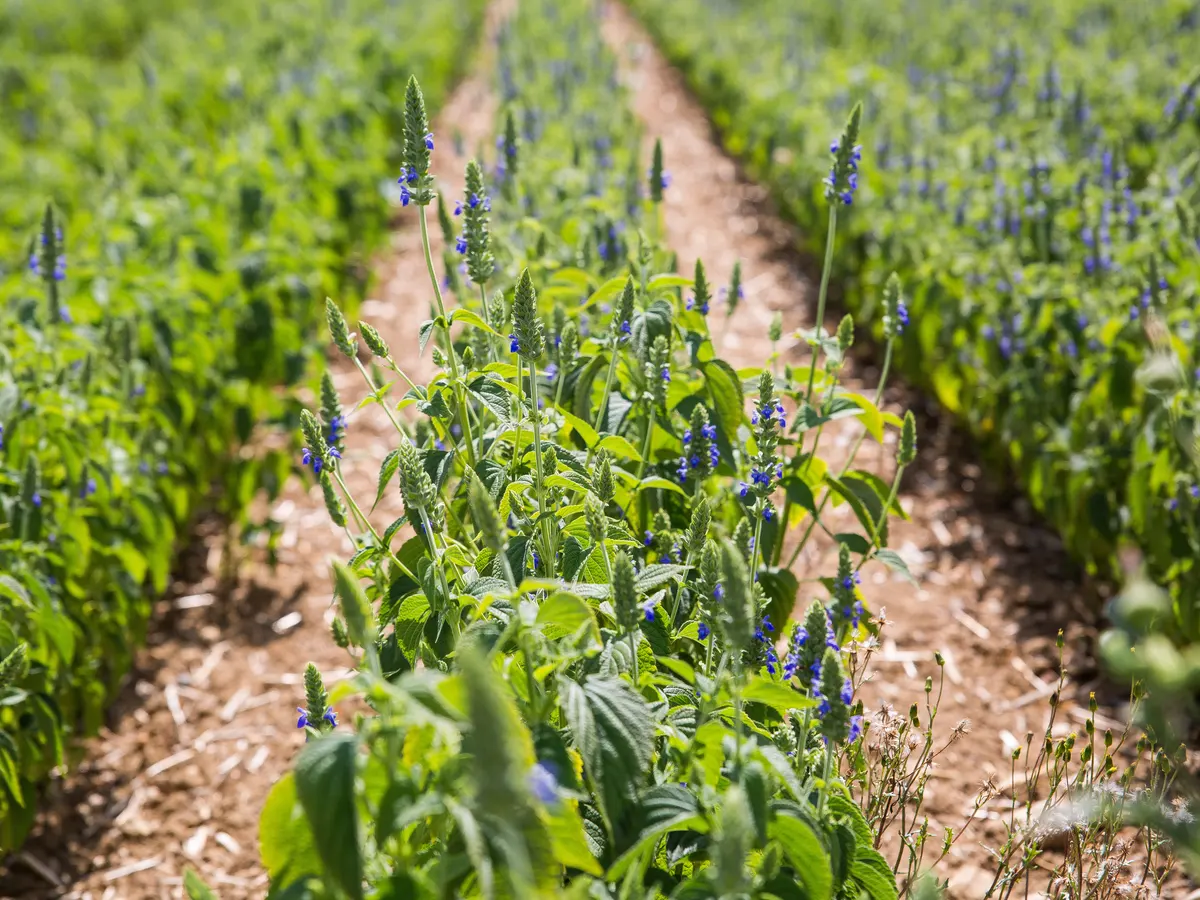

Garden Essentials
How Do Chia Seeds Grow
Modified: March 24, 2024
Learn how chia seeds grow in your garden and discover the secrets of cultivating these nutritious and versatile plants. Find out the steps to successfully grow chia seeds.
(Many of the links in this article redirect to a specific reviewed product. Your purchase of these products through affiliate links helps to generate commission for Storables.com, at no extra cost. Learn more)
Introduction
Welcome to the fascinating world of chia seeds! These tiny yet powerful seeds have gained popularity in recent years due to their many health benefits and versatility in the kitchen. Whether you are a passionate gardener looking to grow chia seeds or just curious about how they are cultivated, this article will guide you through the entire process.
Chia seeds, scientifically known as Salvia hispanica, are native to Central America, where they have been cultivated for centuries. They have been valued for their nutritional properties and were even used by the ancient Aztec and Mayan civilizations as a source of sustenance during long journeys and battles.
Today, chia seeds are recognized as a superfood due to their incredible nutritional profile. They are packed with essential nutrients such as omega-3 fatty acids, fiber, protein, and antioxidants. Incorporating chia seeds into your diet can improve heart health, aid in digestion, support weight loss, and boost overall energy levels.
But have you ever wondered how these nutrient-packed seeds grow? Let’s dive into the fascinating world of chia seed cultivation.
Key Takeaways:
- Chia seeds are packed with nutrients like fiber, protein, and omega-3s, offering a range of health benefits. They’re easy to grow and can be used in various recipes for a delicious and nutritious boost.
- To grow chia seeds, provide warm, sunny conditions, well-draining soil, and proper spacing. Harvest when seedheads are dry, and store seeds in a cool, dry place for long-lasting freshness and nutrition.
Read more: How Do You Grow Chia Seeds
What are Chia Seeds?
Chia seeds are small, oval-shaped seeds that come from the Salvia hispanica plant. They are a member of the mint family and are native to regions in Mexico and Guatemala. These seeds have been consumed for centuries and were highly valued for their nutritional properties by ancient civilizations.
Chia seeds are rich in nutrients and contain a good balance of carbohydrates, protein, and healthy fats. They are also an excellent source of dietary fiber, providing both soluble and insoluble fiber, which can help promote a healthy digestive system.
In addition to being a great source of nutrition, chia seeds are also known for their ability to absorb liquid and form a gel-like substance. This unique property makes them a versatile ingredient in many recipes, including smoothies, puddings, baked goods, and even as an egg substitute in vegan cooking.
One of the standout characteristics of chia seeds is their high omega-3 fatty acid content. Omega-3 fatty acids are essential fats that are beneficial for heart health, brain function, and reducing inflammation in the body. Chia seeds are one of the richest plant-based sources of omega-3s, making them a popular choice among vegetarians and vegans.
Chia seeds are also loaded with antioxidants, which help protect the body against free radicals and oxidative stress. These antioxidants contribute to overall health and have been associated with a reduced risk of chronic diseases, such as heart disease and cancer.
Moreover, chia seeds are gluten-free, making them suitable for individuals with gluten sensitivities or those following a gluten-free diet. They are also relatively low in calories, making them an ideal addition to a balanced diet for those looking to manage their weight.
In summary, chia seeds are nutrient-dense little powerhouses. They are rich in fiber, protein, omega-3 fatty acids, and antioxidants. Incorporating chia seeds into your diet can offer numerous health benefits and add a delightful crunch and texture to your meals and snacks.
Nutritional Value of Chia Seeds
Chia seeds are often referred to as a superfood due to their exceptional nutritional profile. These tiny seeds are packed with essential nutrients that can benefit our overall health and well-being. Let’s delve into the impressive nutritional value of chia seeds.
1. Fiber: Chia seeds are a fantastic source of fiber. Just one ounce (approximately 28 grams) of chia seeds contains a whopping 10 grams of fiber, which is about one-third of the recommended daily intake for adults. Fiber is essential for maintaining a healthy digestive system, promoting regular bowel movements, and preventing constipation.
2. Protein: Chia seeds are an excellent plant-based source of protein, making them a suitable addition to vegetarian and vegan diets. They provide essential amino acids that our bodies need to build and repair tissues. An ounce of chia seeds contains around 4 grams of protein, helping to support muscle growth and repair.
3. Omega-3 Fatty Acids: Chia seeds are a rich source of omega-3 fatty acids, particularly alpha-linolenic acid (ALA). These essential fats play a crucial role in brain health, reducing inflammation, and supporting heart health. Consuming chia seeds can help boost your omega-3 intake, especially for individuals who follow a plant-based diet.
4. Antioxidants: Chia seeds are packed with antioxidants, including flavonoids and phenolic compounds. Antioxidants help protect our bodies against oxidative stress and fight free radicals, which can damage cells and contribute to chronic diseases. Including chia seeds in your diet can contribute to overall health and may reduce the risk of certain conditions.
5. Minerals: Chia seeds are a rich source of minerals such as calcium, phosphorus, magnesium, and manganese. Calcium is essential for strong bones and teeth, while phosphorus promotes proper cell function. Magnesium is involved in more than 300 enzymatic reactions in the body, and manganese plays a crucial role in metabolism and antioxidant defense.
6. Vitamins: Chia seeds contain various vitamins, including vitamin E, thiamine (vitamin B1), and niacin (vitamin B3). Vitamin E is a powerful antioxidant that helps protect cells from damage. Thiamine is necessary for energy production, and niacin is involved in numerous metabolic processes.
7. Low in Calories: Despite their nutritional density, chia seeds are relatively low in calories. One ounce of chia seeds contains approximately 138 calories, making them a suitable addition to a calorie-conscious diet.
Incorporating chia seeds into your diet is a simple and delicious way to boost your nutrient intake. From fiber and protein to omega-3 fatty acids and antioxidants, these tiny seeds offer an impressive array of nutritional benefits that can support overall health and well-being.
Environmental Requirements for Chia Seed Growth
Chia seeds are relatively easy to grow, but like any plant, they have specific environmental requirements that must be met for successful growth. Understanding these requirements will help you create an ideal environment for your chia plants to thrive. Let’s explore the key environmental factors needed for chia seed growth:
1. Climate: Chia plants prefer a warm and sunny climate. They thrive in temperatures ranging between 65 to 80 degrees Fahrenheit (18 to 27 degrees Celsius). Chia plants are sensitive to cold temperatures, so it’s best to start planting after the last frost has passed in your region.
2. Sunlight: Chia plants require full sun exposure to grow and develop properly. They should receive at least 8 hours of direct sunlight each day. Place them in a location with ample sunlight or consider using artificial grow lights if you’re growing chia plants indoors.
3. Soil: Chia plants can tolerate a variety of soil types, but they prefer well-draining soil with a pH level between 6 and 7. Sandy loam or loamy soil is ideal for chia seed growth. Ensure the soil is well-aerated and not waterlogged, as waterlogged soil can lead to root rot.
4. Water: Chia plants have moderate water requirements. They prefer a consistent level of moisture in the soil, but overwatering can be detrimental to their growth. Water the plants deeply but infrequently to encourage healthy root development. Aim to keep the soil evenly moist, but not overly saturated.
5. Growing Season: Chia plants are annual plants that complete their life cycle within a year. They require a growing season of approximately 100 to 120 days to reach maturity and produce seeds. Start planting chia seeds after the danger of frost has passed, and the soil temperature reaches around 60 degrees Fahrenheit (15 degrees Celsius).
6. Spacing: Chia plants require adequate spacing for proper growth. Plant the seeds or seedlings at least 12 to 18 inches apart to allow enough room for them to spread out. This spacing also prevents competition for nutrients and minimizes the risk of disease transmission between plants.
7. Fertilization: Chia plants are relatively low-maintenance and usually do not require heavy fertilization. However, incorporating compost or well-rotted organic matter into the soil before planting can provide essential nutrients to support healthy growth. Avoid excessive use of nitrogen-based fertilizers, as it can lead to excessive foliage growth and reduced seed production.
By providing the right environmental conditions, you can create a conducive environment for chia seed growth. Pay attention to the climate, sunlight, soil quality, watering, and spacing requirements. With proper care and attention, your chia plants will flourish and reward you with a bountiful harvest of nutritious chia seeds.
Germination Process of Chia Seeds
The germination process is a crucial stage in the growth of chia seeds. It is the process through which the seeds sprout and develop into young seedlings. Understanding the germination process will help you ensure successful growth and establishment of your chia plants. Let’s explore the steps involved in the germination process of chia seeds:
1. Seed Selection: Start by selecting high-quality chia seeds for germination. Look for seeds that are uniform in size, plump, and free from damage or signs of decay. This will increase the chances of successful germination.
2. Seed Preparation: Before sowing the chia seeds, you can give them a head start by soaking them in water for 2 to 4 hours. This helps soften the seed coat and speeds up the germination process. Alternatively, you can skip the soaking step and directly sow the dry seeds into the soil.
3. Sowing: Choose a well-prepared garden bed or container with fertile, well-draining soil. Create furrows or shallow trenches in the soil, approximately ¼ to ½ inch deep. Space the furrows 12 to 18 inches apart to allow sufficient room for the chia plants to grow. Carefully place the soaked or dry chia seeds in the furrows, spacing them about ½ to 1 inch apart.
4. Watering: After sowing the seeds, gently water the soil to ensure it is thoroughly moist but not waterlogged. The moisture is essential for seed germination. Keep the soil consistently moist, but be cautious not to overwater, as it may lead to rotting of the seeds or seedlings.
5. Germination: Chia seed germination typically takes around 7 to 14 days, depending on the environmental conditions. During this period, the seeds will absorb water and initiate sprouting. Keep the soil consistently moist and provide adequate sunlight to support the germination process. Once germination occurs, you will see small green shoots emerge from the soil.
6. Thinning: Once the seedlings have emerged, it is important to thin them out. Thin the seedlings to a spacing of 6 to 12 inches apart, allowing enough room for the remaining plants to grow and develop properly. Removing excess seedlings helps reduce competition for nutrients and ensures healthier growth.
7. Care and Maintenance: After thinning the seedlings, continue to provide proper care for your chia plants. Water them regularly, making sure the soil remains moist but not overly saturated. Monitor for pests and diseases, and take appropriate measures to protect your plants. As the seedlings grow, provide support such as staking if necessary, to prevent them from falling or bending.
The germination process is an exciting phase where chia seedlings emerge and prepare for further growth. By carefully following the steps above and providing the necessary care, you can ensure successful germination and support the healthy development of your chia plants.
Chia seeds grow best in well-draining soil and require plenty of sunlight. Keep the soil consistently moist, but not waterlogged, and watch for sprouts in about 7-10 days.
Read more: How Chia Seeds Grow
Factors Affecting Chia Seed Growth
Chia seeds, like any other plants, rely on various factors for optimal growth and development. Understanding these factors is essential to create the ideal conditions for chia seed growth. Let’s explore some of the key factors that can influence the growth of chia seeds:
1. Temperature: Chia seeds prefer warm temperatures for germination and growth. They thrive in temperatures ranging between 65 to 80 degrees Fahrenheit (18 to 27 degrees Celsius). Extreme heat or frost can hinder their growth, so it’s essential to plant them during the appropriate season when the temperature is within their preferred range.
2. Moisture: Adequate moisture is crucial for chia seed germination and growth. The seeds require a consistently moist environment to sprout. However, excessive moisture can lead to fungal diseases and root rot. It’s important to strike a balance by providing enough water to keep the soil evenly moist but not overly saturated.
3. Soil Quality: Chia seeds thrive in well-draining soil with a pH level between 6 and 7. The soil should be rich in organic matter and nutrients to support healthy plant growth. Proper soil preparation, such as adding compost or well-rotted organic matter, can improve soil quality and enhance chia seed growth.
4. Sunlight: Chia plants require ample sunlight to grow and develop properly. They need at least 8 hours of direct sunlight each day to thrive. Insufficient sunlight can result in weak growth, leggy plants, and reduced seed production. Ensure that your chia plants are placed in a location with adequate sunlight exposure.
5. Nutrient Availability: Chia seeds require a balanced supply of essential nutrients to support their growth. Adequate levels of nitrogen, phosphorus, and potassium, as well as other micronutrients, are necessary for healthy plant development. Incorporating organic fertilizers or compost into the soil prior to planting can provide the necessary nutrients for chia seed growth.
6. Weed Competition: Chia seedlings are particularly vulnerable to weed competition during their early stages of growth. Weeds can compete with chia plants for nutrients, water, and sunlight, hindering their growth and development. Regular weeding is essential to minimize weed competition and allow chia plants to thrive.
7. Pest and Disease Control: Chia plants can be susceptible to various pests and diseases, including aphids, slugs, snails, and fungal infections. It’s important to monitor your plants regularly and take appropriate measures to control pests and diseases. This can include using organic pest control methods, such as handpicking, companion planting, or applying organic pesticides when necessary.
By considering and managing these factors, you can create an environment that promotes healthy chia seed growth. Monitoring temperature, moisture, soil quality, sunlight exposure, and managing weed, pest, and disease control will help ensure optimal conditions for the successful growth and development of your chia plants.
Harvesting Chia Seeds
Harvesting chia seeds is an exciting and rewarding process that marks the culmination of your efforts in growing chia plants. The timing and method of harvesting are crucial to ensure that the seeds are fully mature and ready for consumption or storage. Let’s explore the steps involved in harvesting chia seeds:
1. Determining Seed Maturity: Chia seeds are ready for harvest when the flower heads have dried up and turned brown. This typically occurs around 100 to 120 days after planting. To ensure seed maturity, gently squeeze the seedheads to check if they are dry and brittle. If they easily crumble in your hand, it is a good indication that the seeds are ready for harvest.
2. Timing of Harvest: It is essential to harvest chia seeds at the right time to maximize their nutritional value and prevent over-ripening. Harvesting too early can result in immature seeds, while waiting too long can lead to shattering and loss of seeds. Aim to harvest the seedheads when they are mostly dry but still intact.
3. Seedhead Harvesting: Start by cutting the seedheads from the chia plants using sharp garden scissors or pruning shears. Hold the seedhead gently and make a clean cut at the base of the stem. Place the harvested seedheads in a clean, dry container or bag to collect the seeds. Take care not to damage or crush the seedheads during harvesting.
4. Seed Extraction: Once you have harvested the seedheads, it’s time to extract the chia seeds. There are a few methods you can use depending on your preference and the quantity of seeds. One common method is to rub the seedheads between your hands or gently crush them to release the seeds. You can also use a sieve or screen to separate the seeds from the chaff.
5. Removing Chaff: Chia seeds are surrounded by a gelatinous outer layer called mucilage, which can make seed extraction challenging. To remove the mucilage, you can rinse the seeds in a fine-mesh strainer under running water while gently rubbing them with your fingers. Lightly massaging the seeds will help remove the mucilage and any remaining chaff or debris.
6. Drying the Seeds: After rinsing, spread the chia seeds on a clean paper towel or a tray lined with parchment paper. Allow them to air dry in a well-ventilated area away from direct sunlight. Stir or flip the seeds occasionally to ensure even drying. Once the seeds are completely dry, they are ready for storage or consumption.
7. Storage: To store your harvested chia seeds, transfer them to an airtight container or a resealable bag. Make sure the container is clean, dry, and placed in a cool, dark, and dry pantry or cupboard. Properly stored chia seeds can retain their nutritional value for up to two years.
Harvesting chia seeds is a satisfying process that allows you to enjoy the fruits of your labor. By following these steps and ensuring the seeds are mature and properly dried, you can harvest high-quality chia seeds that can be used in a variety of culinary creations or stored for future use.
Storage and Uses of Chia Seeds
Once you have successfully harvested and dried your chia seeds, it’s important to store them properly to maintain their freshness and nutritional value. Chia seeds have a long shelf life when stored correctly, and they offer a wide range of uses in the kitchen. Let’s explore how to store chia seeds and some popular ways to incorporate them into your meals:
Storage:
To preserve the quality of your chia seeds, follow these storage tips:
- Transfer your harvested and dried chia seeds to an airtight container or resealable bag.
- Store the container in a cool, dark, and dry pantry or cupboard away from direct sunlight, heat, and humidity.
- Avoid exposure to moisture to prevent the seeds from clumping or becoming moldy.
- Properly stored chia seeds can retain their freshness and nutritional value for up to two years.
Uses:
Chia seeds are incredibly versatile and can be incorporated into various dishes. Here are some popular ways to use chia seeds:
- Smoothies and Beverages: Add a tablespoon of chia seeds to your smoothies or beverages for added nutritional benefits. Chia seeds absorb liquid and create a gel-like texture, which can add thickness and a nutritional boost to your drinks.
- Baking: Chia seeds can be used as an egg substitute in vegan baking. Mix 1 tablespoon of chia seeds with 3 tablespoons of water and let it sit for a few minutes until it forms a gel-like consistency. Use this mixture as a replacement for each egg in your recipes.
- Puddings and Parfaits: Chia seeds can be used to make delicious and nutritious puddings. Combine chia seeds with your choice of liquid (such as almond milk or coconut milk), sweetener, and flavors like vanilla or cocoa powder. Let it sit in the refrigerator overnight, and you’ll have a creamy and nutritious pudding in the morning.
- Breakfast Foods: Sprinkle chia seeds on top of your morning oatmeal or cereal for added texture and nutritional value. They can also be mixed into yogurt or granola for a crunchier and more nutritious breakfast option.
- Salads and Dressings: Add a tablespoon of chia seeds to your salad dressing to thicken it up and add a boost of nutrients. You can also sprinkle chia seeds directly onto salads for added texture and nutritional content.
- Bread and Muffins: Mix chia seeds into your bread or muffin batter to add a crunchy texture and increase the nutritional value. Chia seeds can also be sprinkled on top of bread or muffins before baking to create a flavorful and visually appealing crust.
These are just a few ideas to get you started, but the possibilities are endless when it comes to incorporating chia seeds into your meals. Experiment with different recipes and find creative ways to enjoy the nutritional benefits of these versatile seeds.
Remember, chia seeds are best when used in moderation as part of a balanced diet. Consult with a healthcare professional or nutritionist to determine the appropriate serving size for your specific dietary needs.
Enjoy the many benefits of chia seeds as you explore their versatility in the kitchen!
Conclusion
In conclusion, exploring the world of chia seeds and their growth process can be an exciting journey. These small but powerful seeds offer a plethora of nutritional benefits and can be easily incorporated into a variety of dishes. By understanding the environmental requirements for chia seed growth, the germination process, and factors that can affect their growth, you can create an ideal environment for your chia plants to flourish.
Chia seeds are packed with essential nutrients, including fiber, protein, omega-3 fatty acids, and antioxidants. Adding chia seeds to your diet can help improve heart health, support digestion, aid in weight management, and boost overall energy levels. They are a versatile and gluten-free ingredient, suitable for various dietary preferences and needs.
Harvesting chia seeds requires patience and proper timing. Ensuring that the seeds have reached maturity, properly drying them, and storing them in a cool and dry place will maintain their freshness and nutritional value for an extended period. From smoothies and puddings to salads and baked goods, chia seeds offer a myriad of culinary possibilities.
As you embark on your chia seed journey, remember to maintain optimal growing conditions, monitor the environmental factors that can affect their growth, and enjoy the process of watching your chia plants thrive from seed to harvest. Experiment with different recipes and incorporate chia seeds into your meals to enhance their nutritional content and texture.
Whether you are an experienced gardener or just starting out, growing chia seeds can be a rewarding and enriching experience. Embrace the versatility and health benefits of these tiny seeds as you integrate them into your everyday life. Let chia seeds become a staple in your kitchen and reap the numerous benefits they have to offer.
Frequently Asked Questions about How Do Chia Seeds Grow
Was this page helpful?
At Storables.com, we guarantee accurate and reliable information. Our content, validated by Expert Board Contributors, is crafted following stringent Editorial Policies. We're committed to providing you with well-researched, expert-backed insights for all your informational needs.
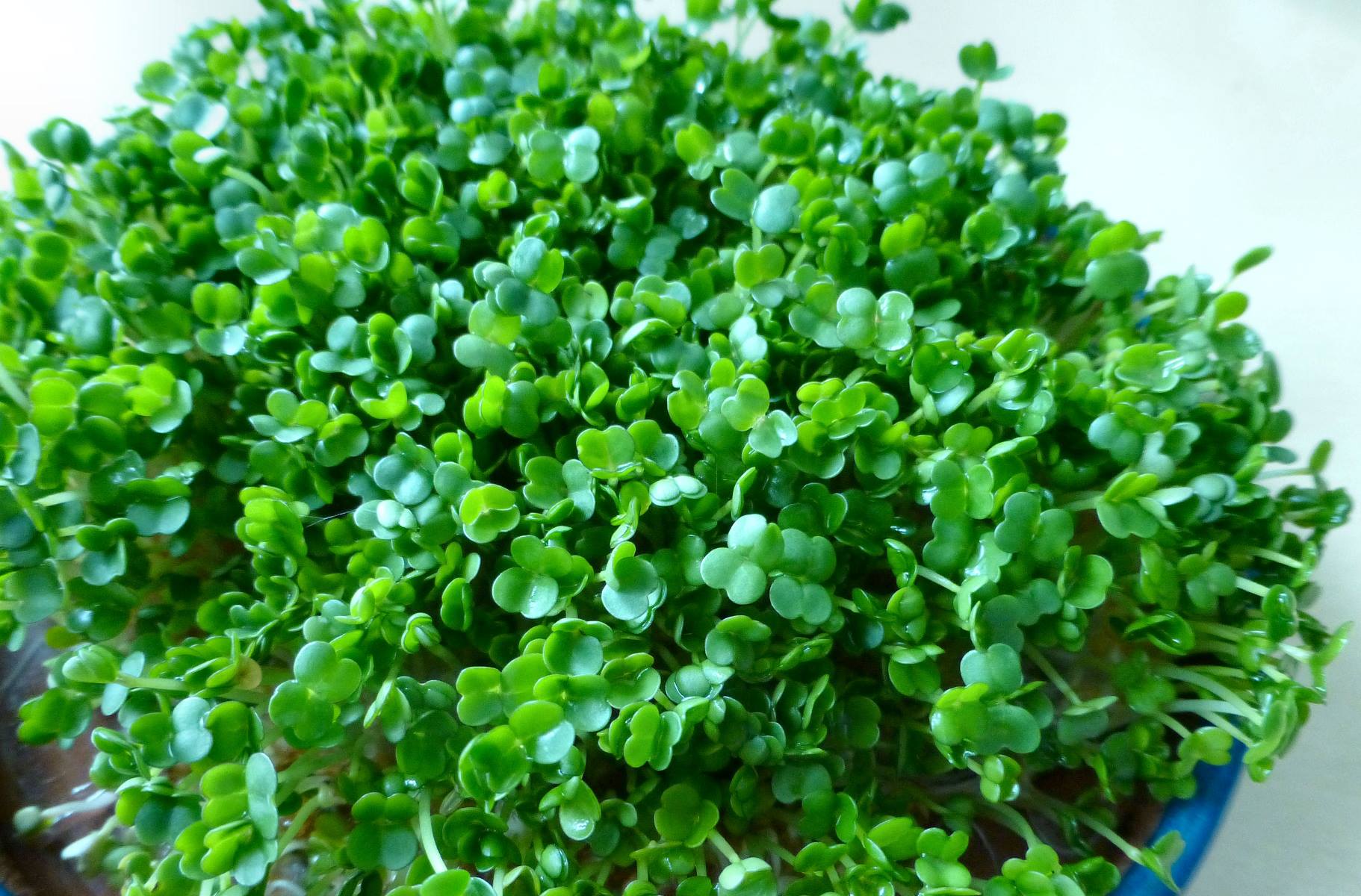
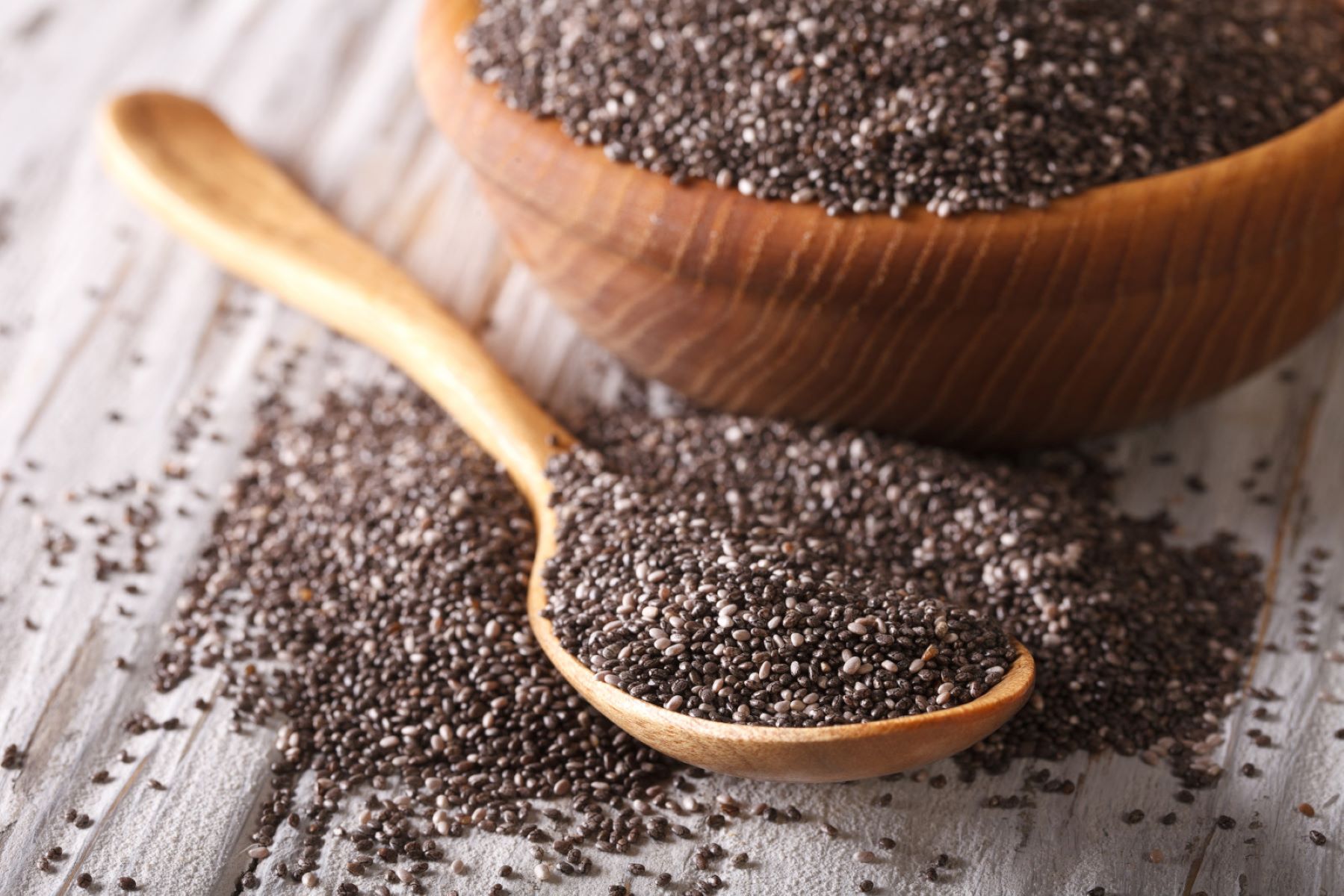
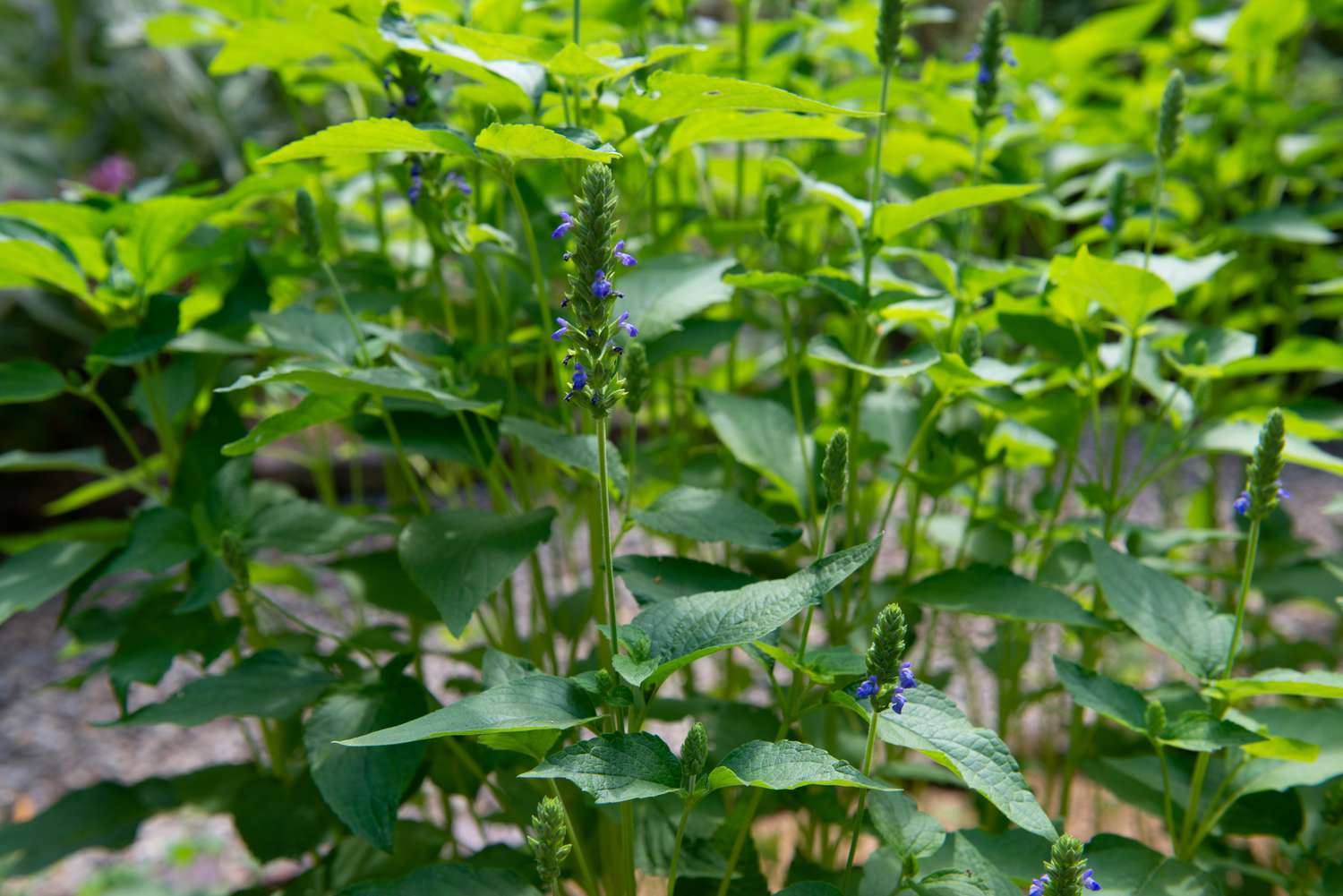
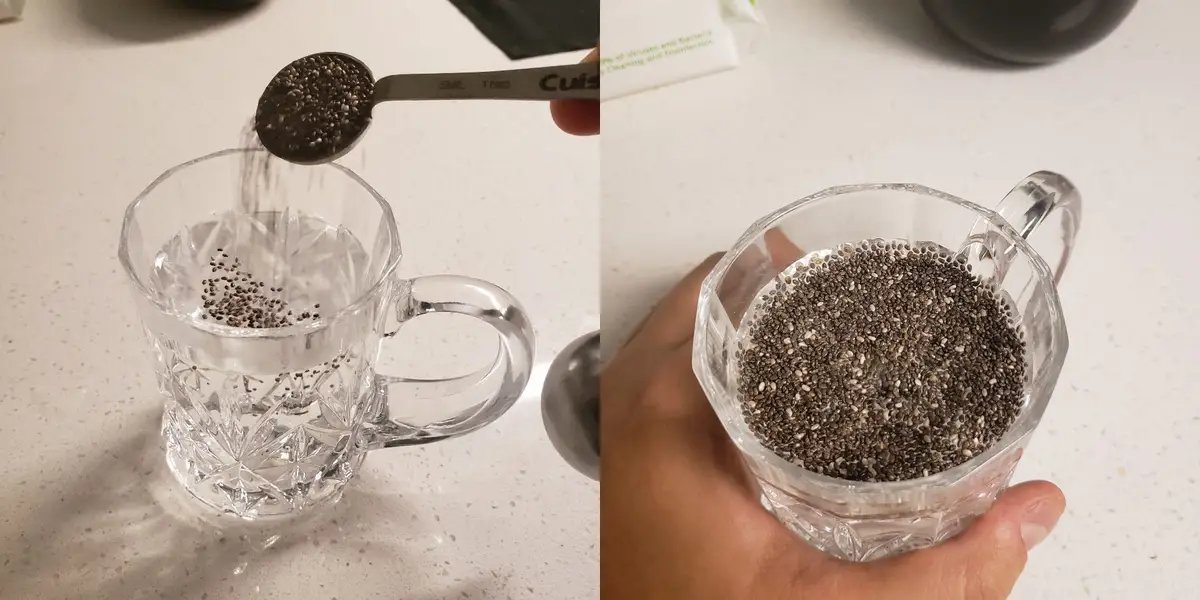
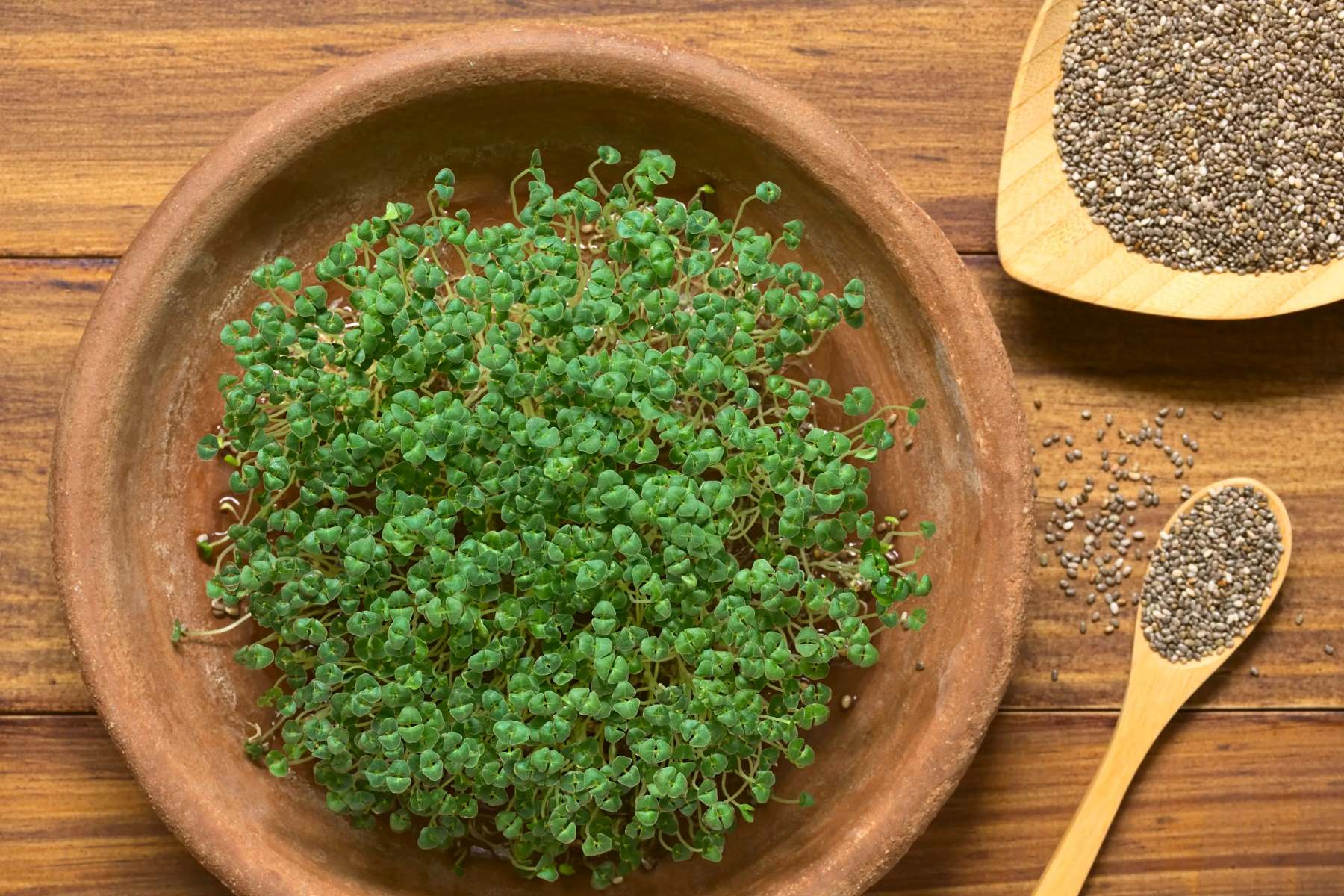
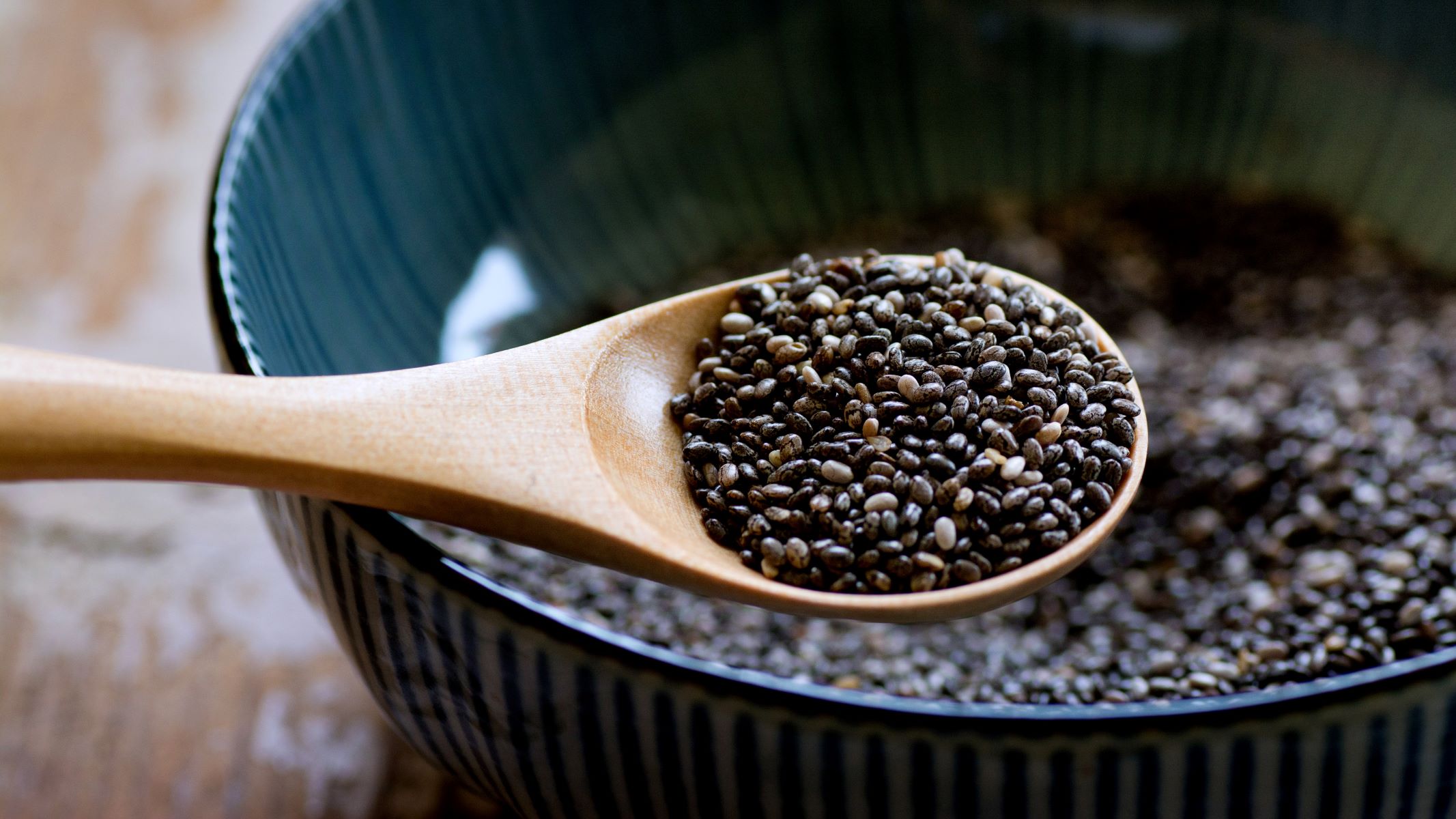
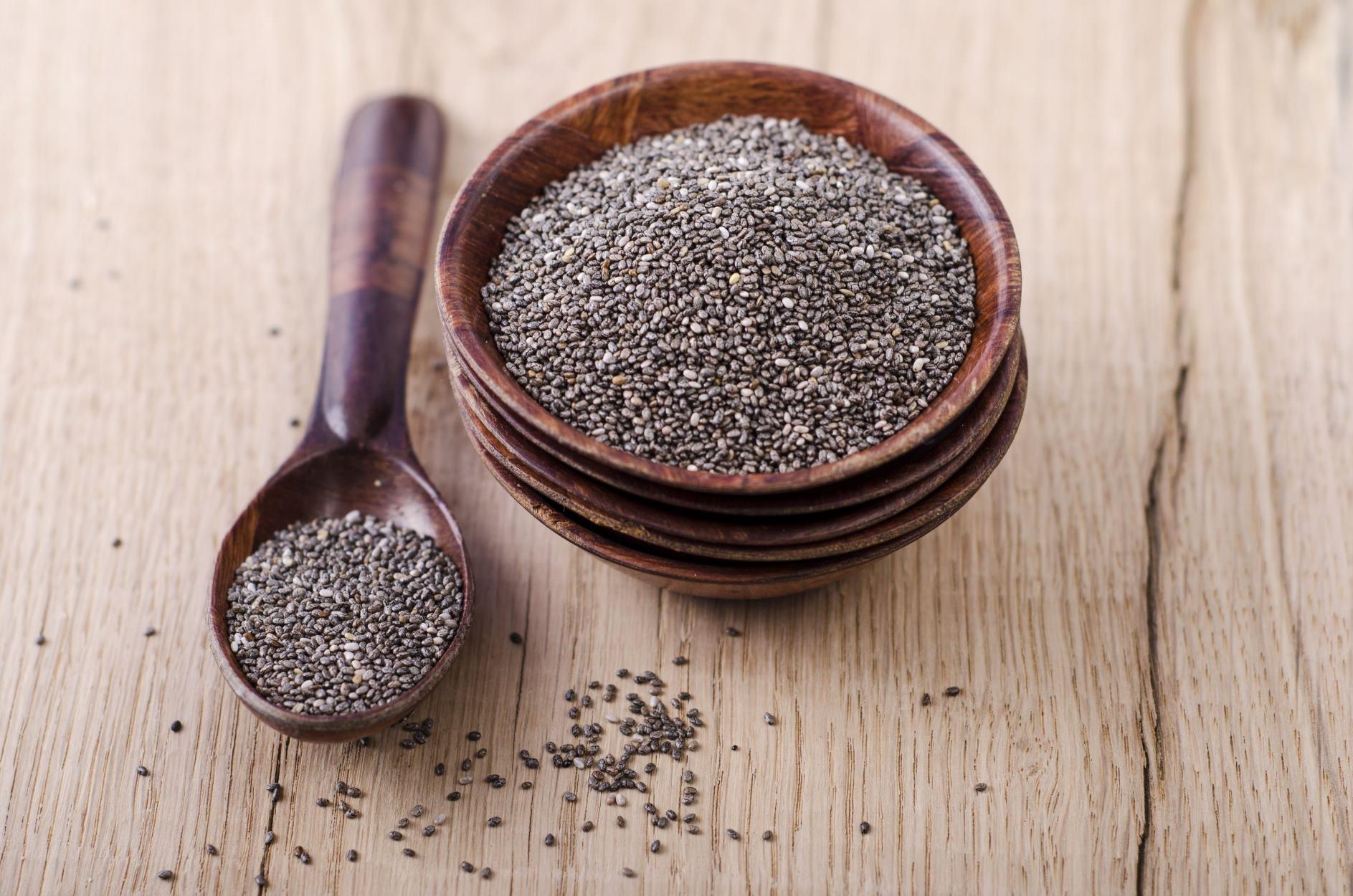
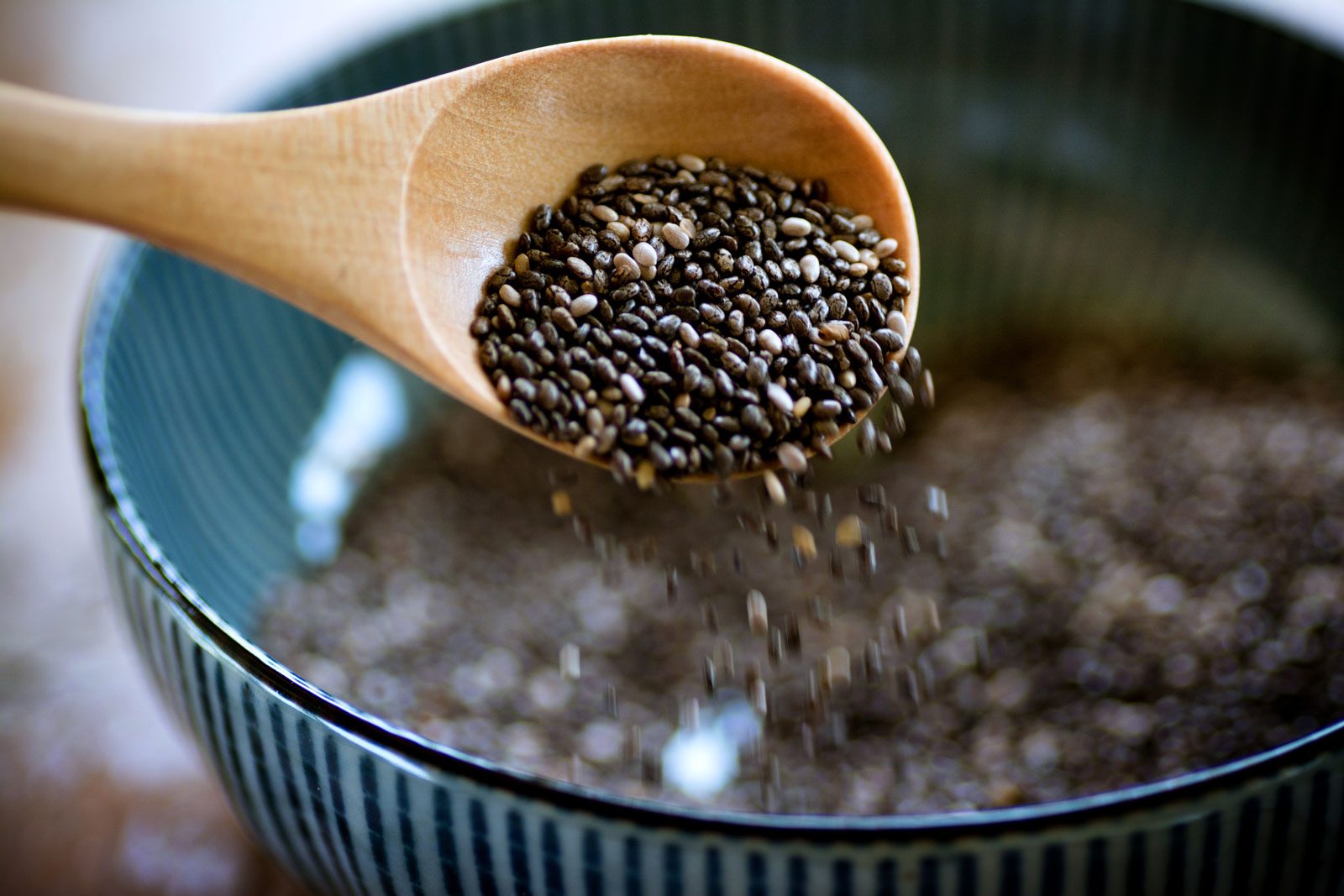
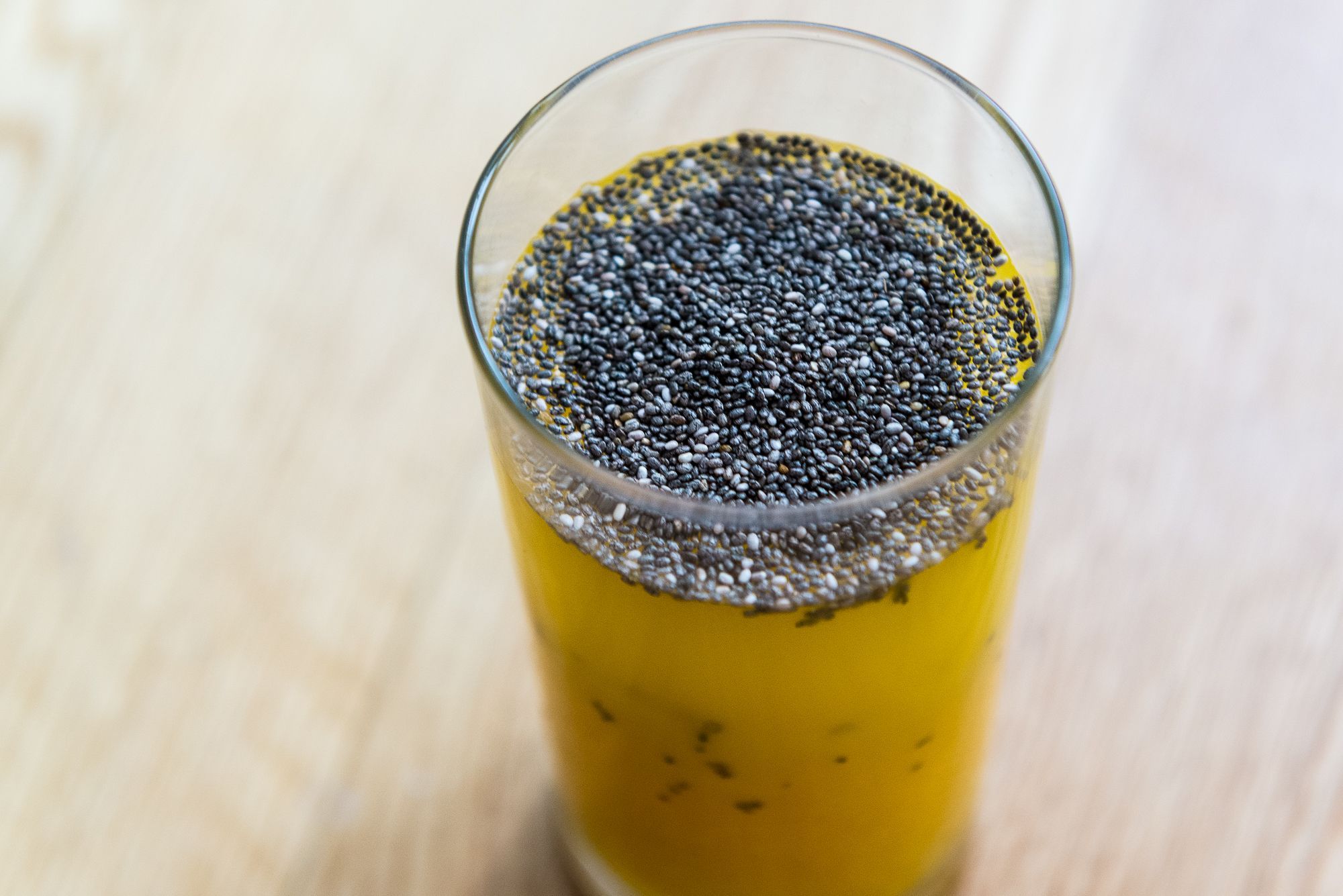
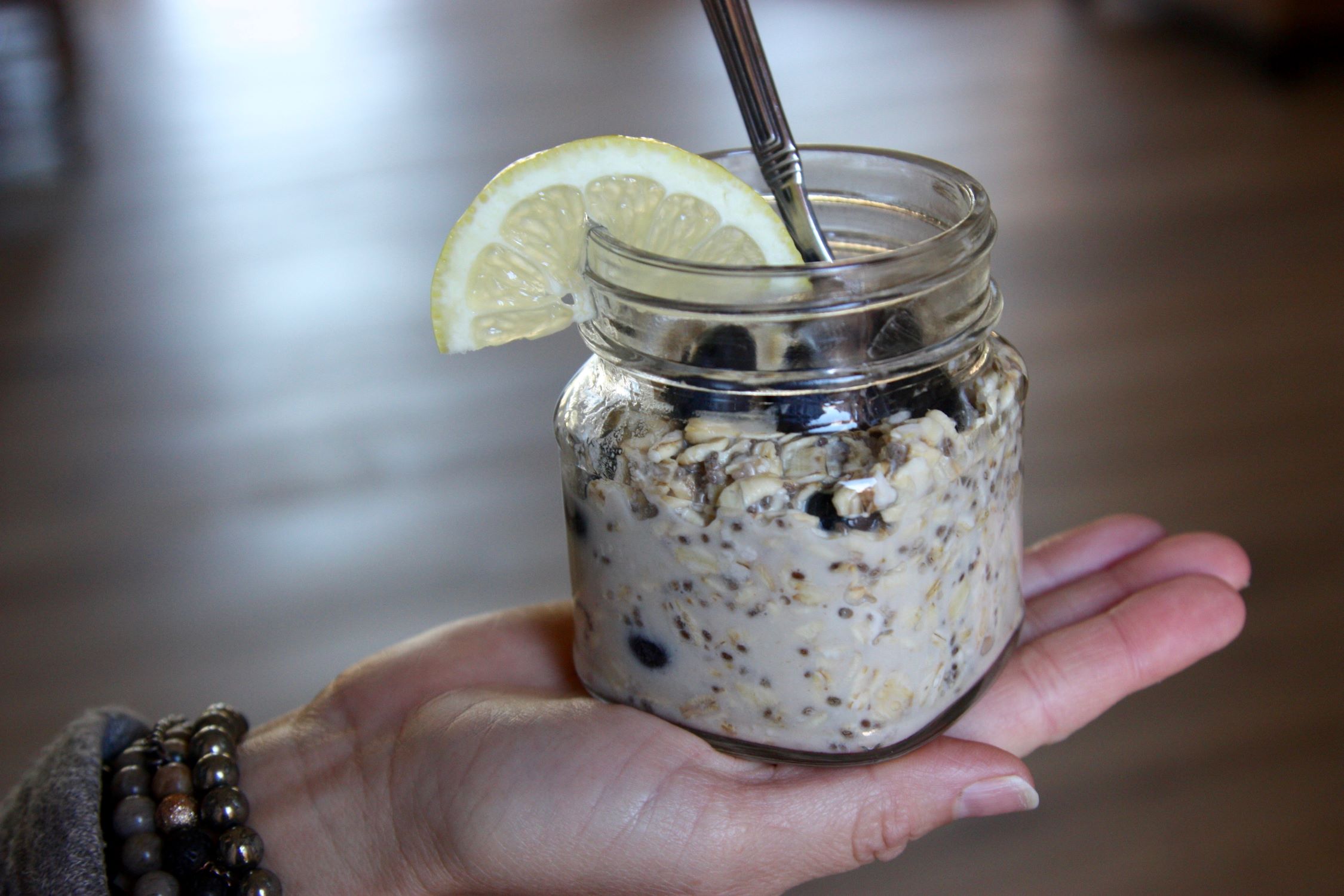
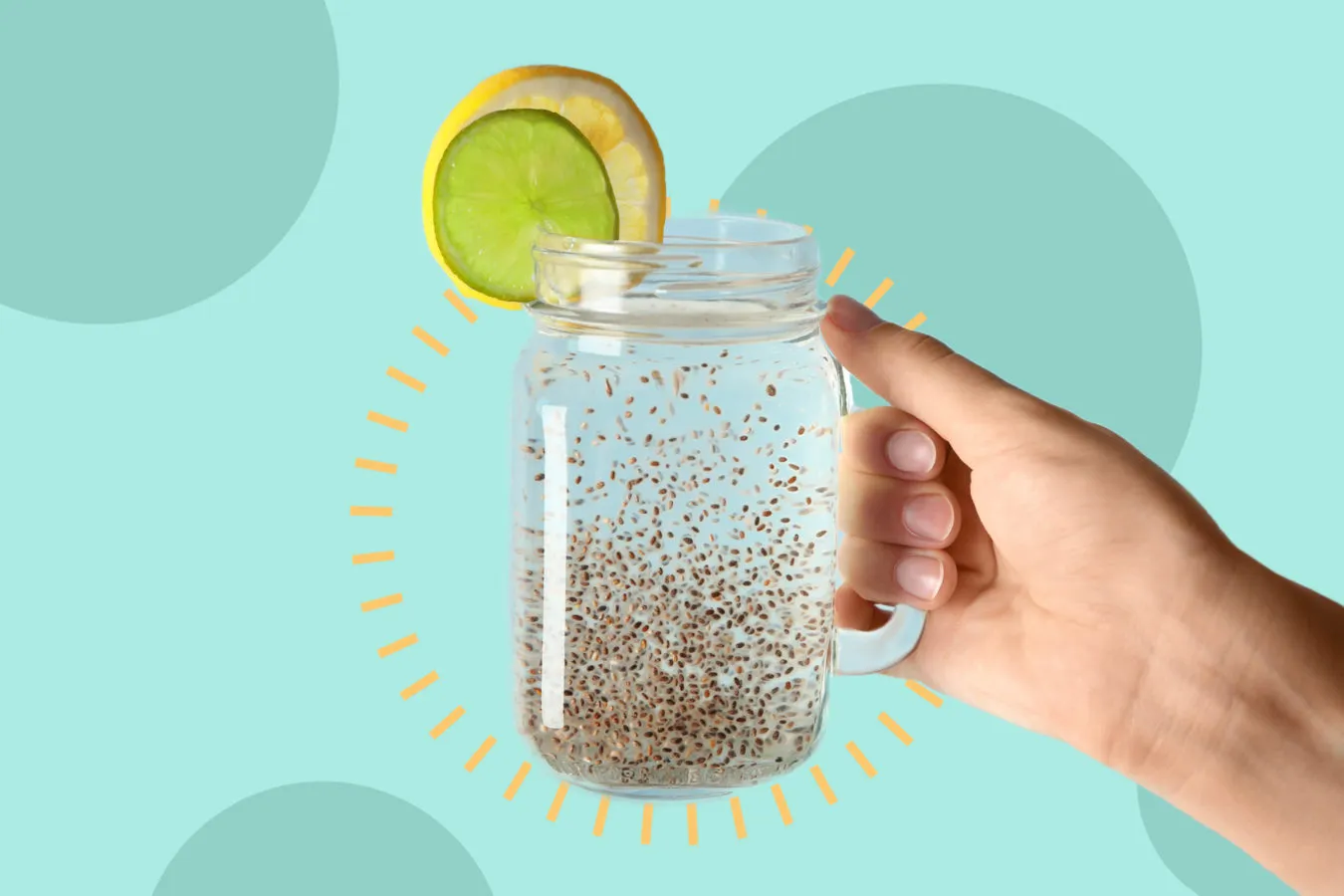
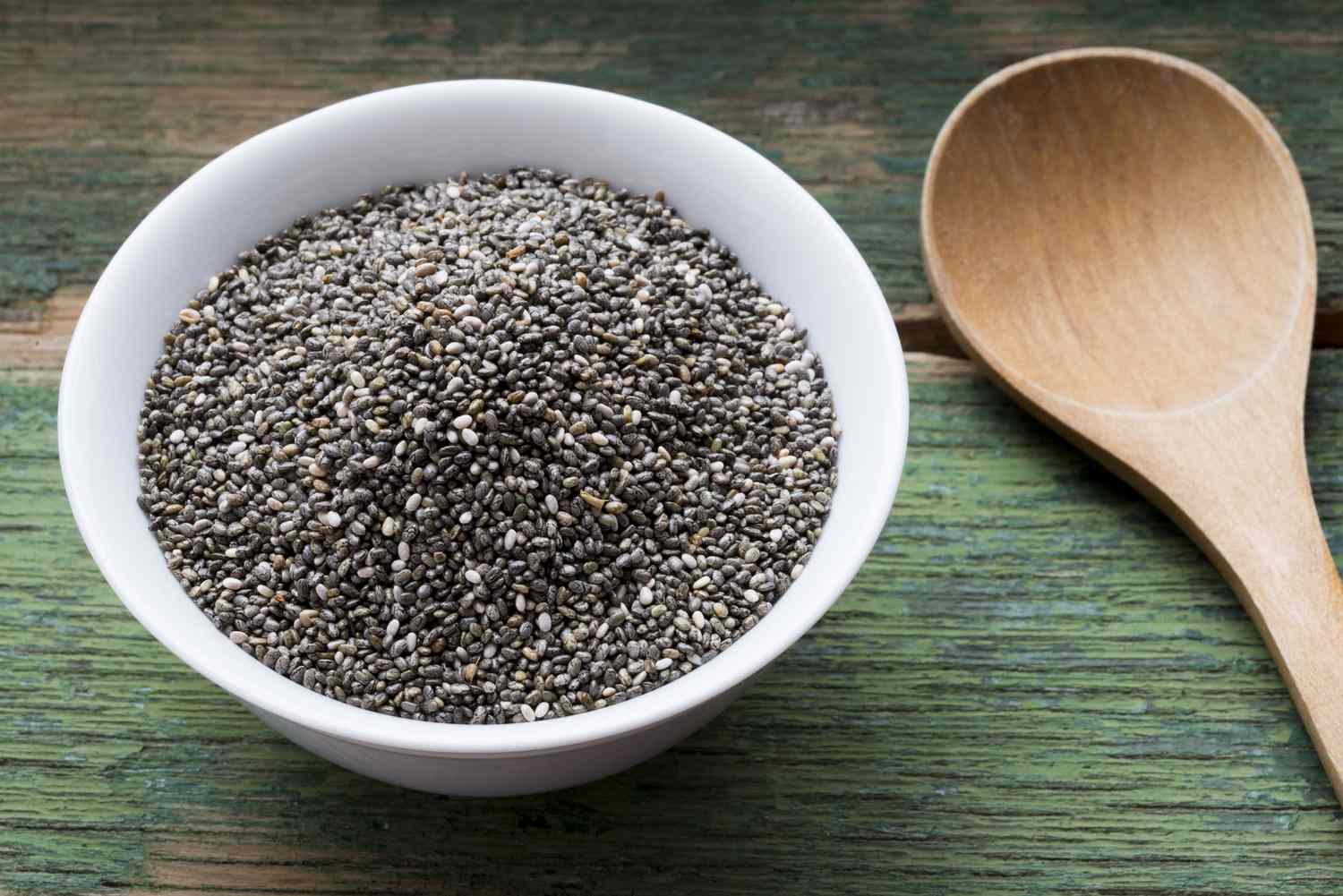
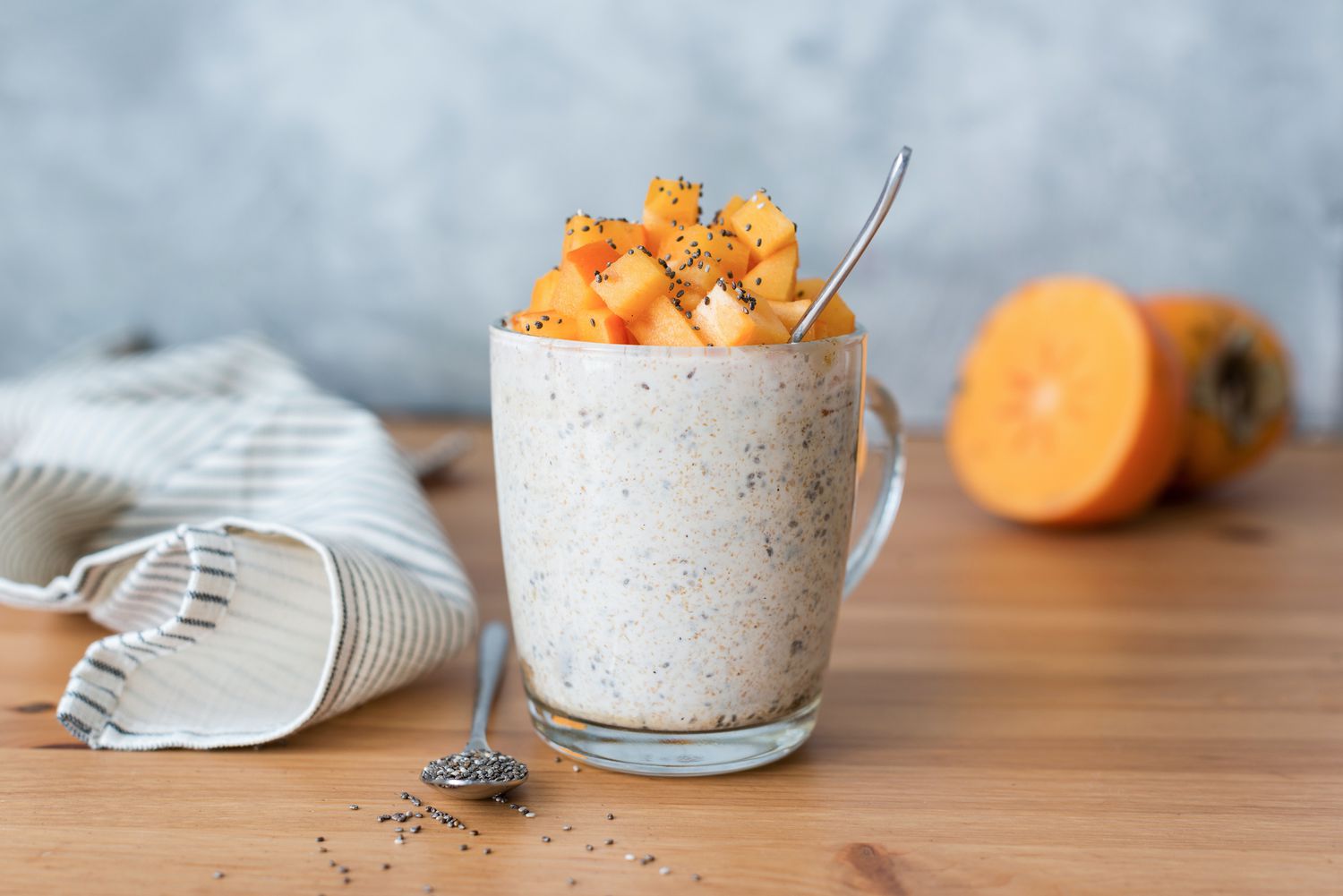
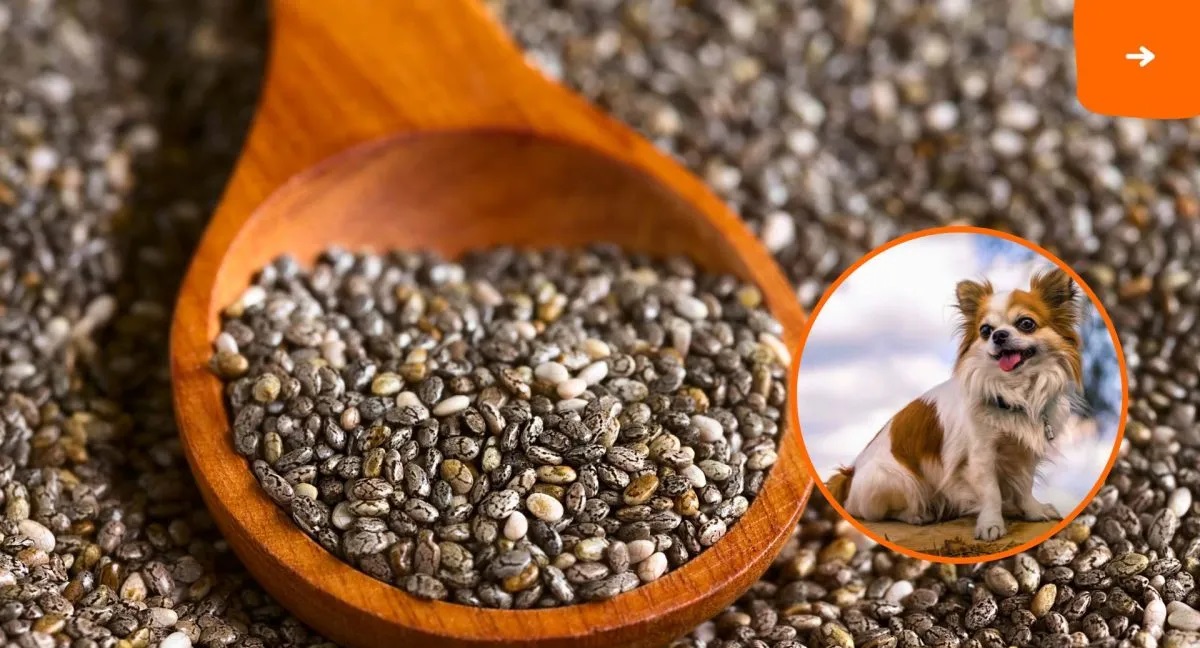

0 thoughts on “How Do Chia Seeds Grow”